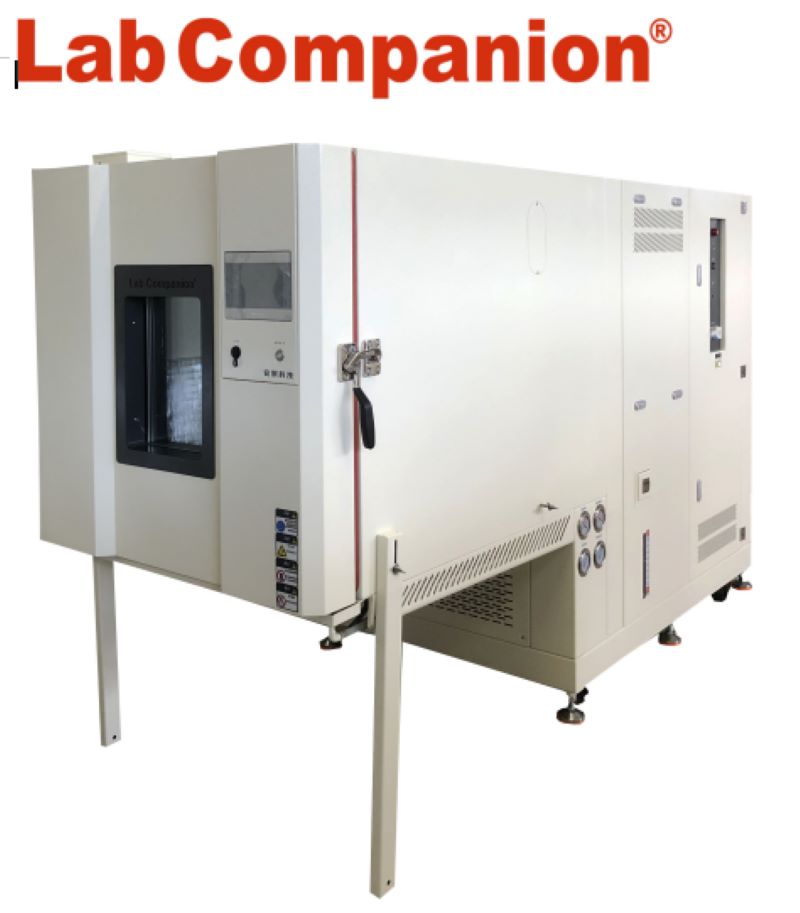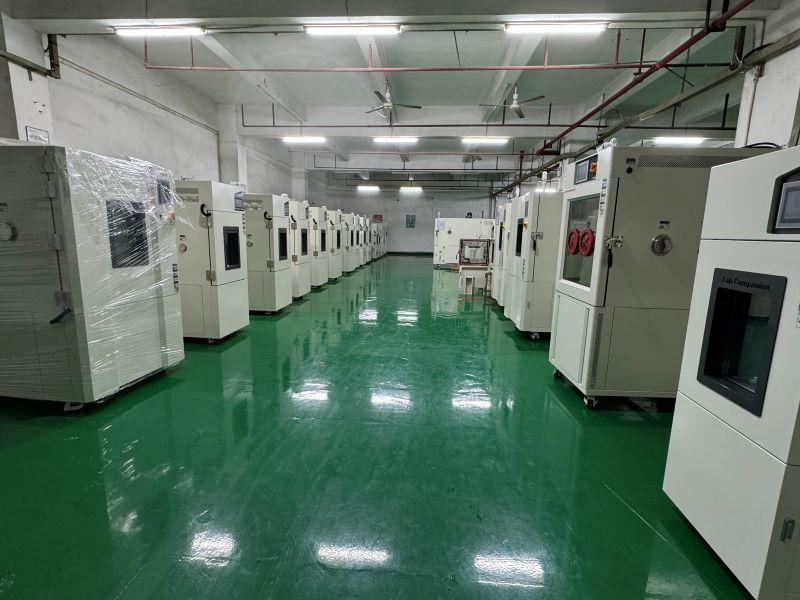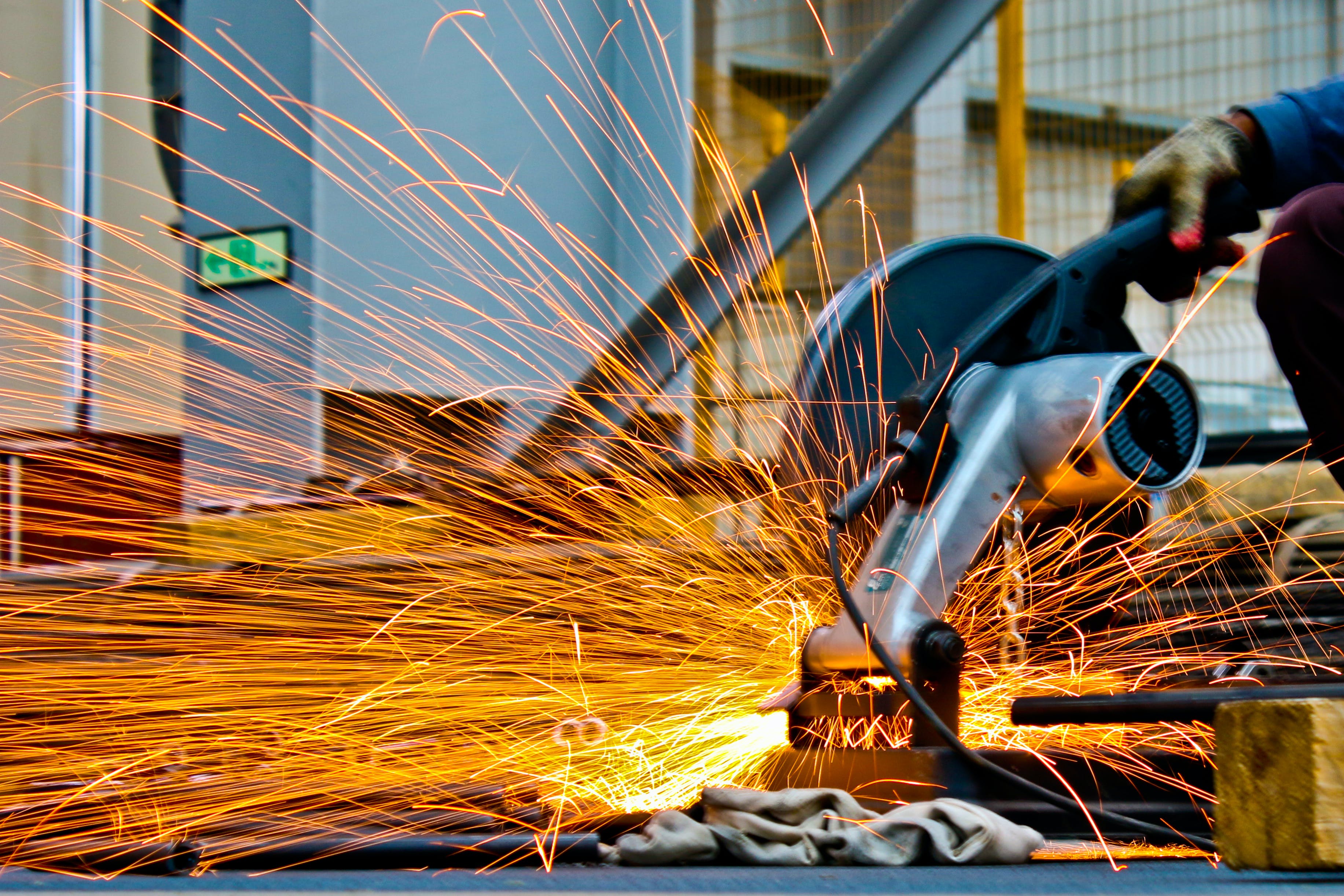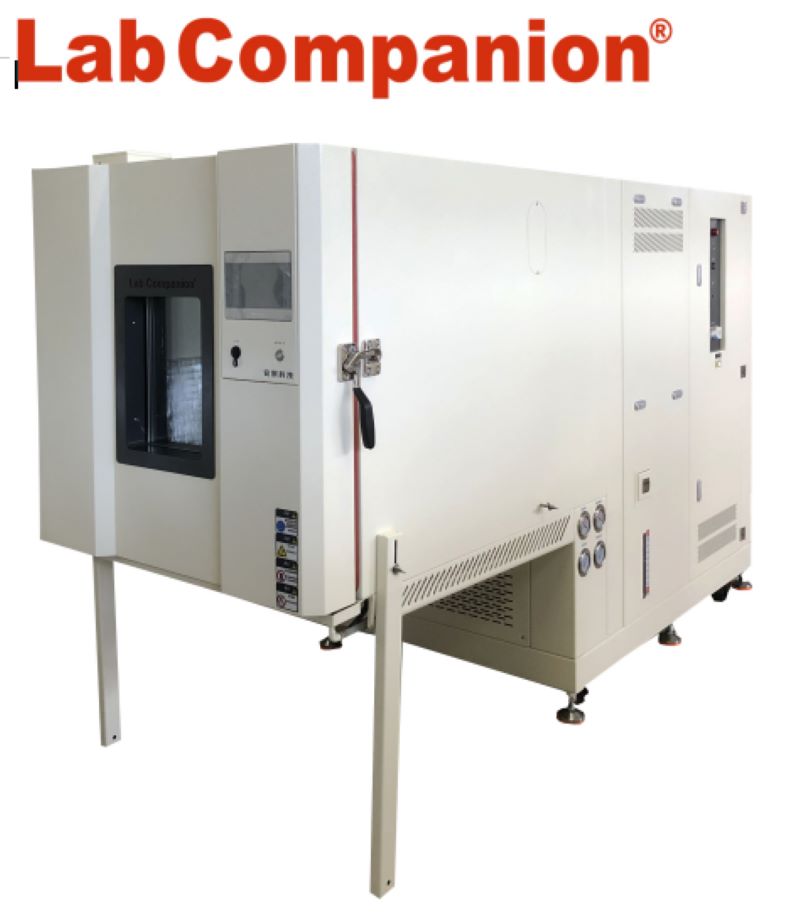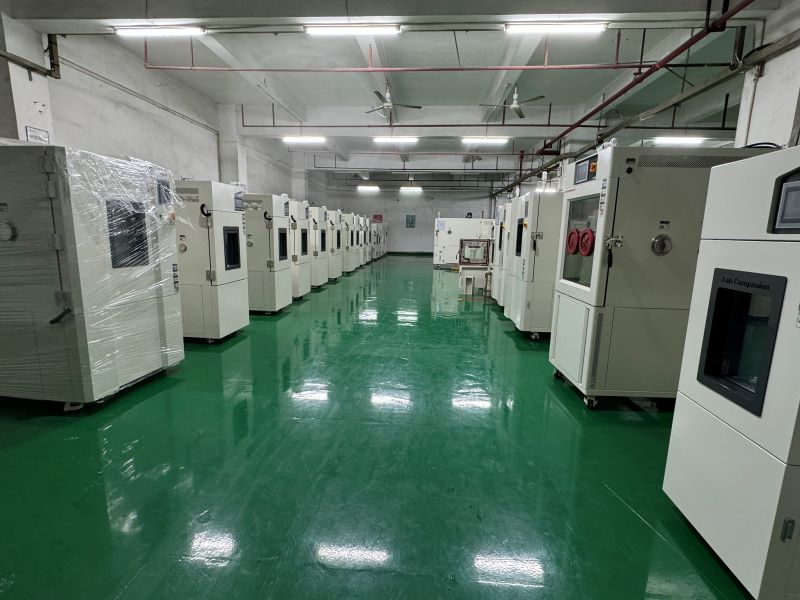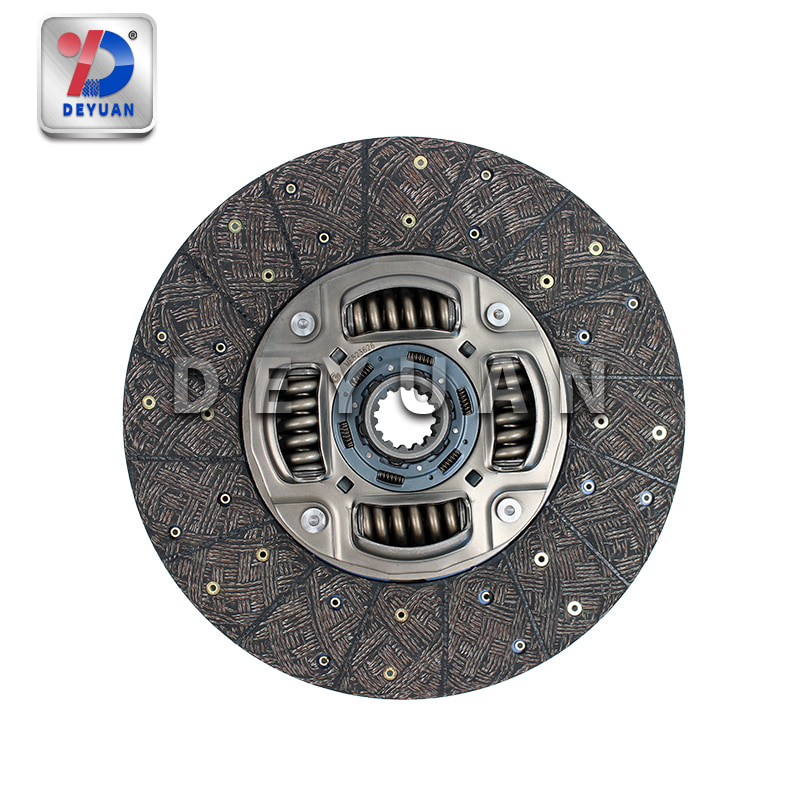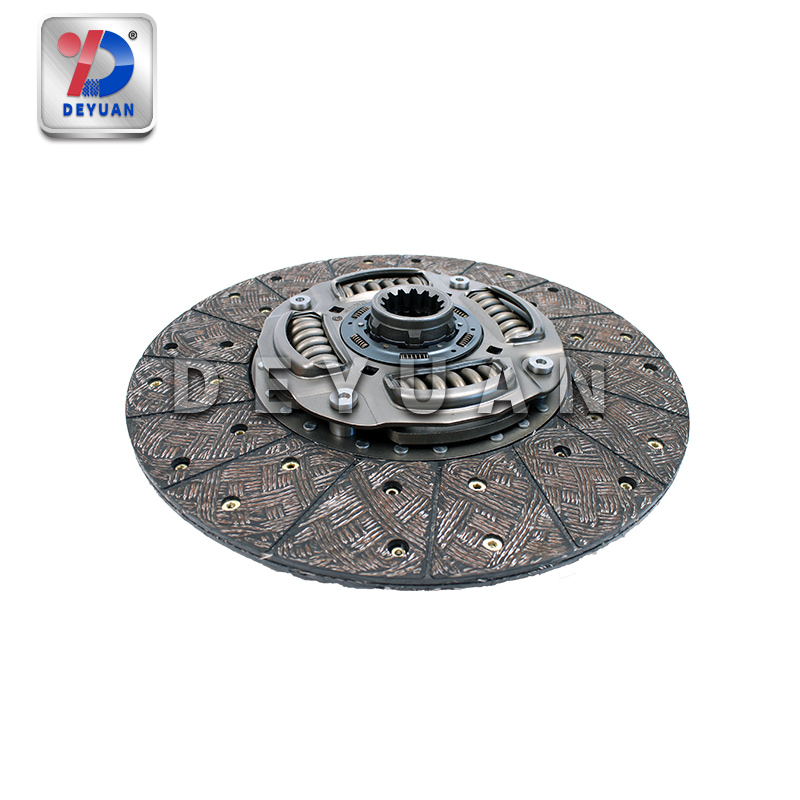The Comprehensive Chamber of Temperature, Humidity, Height and Vibration
The comprehensive chamber of temperature, humidity, height and vibration is suitable for aviation, aerospace, weapons, ships, nuclear industry and other information electronic instruments, all kinds of electronic machines, parts and components, as well as materials, processes, etc. in temperature, humidity, height (≤30000 meters) and vibration and other climatic environment and mechanical environment simulation test and comprehensive environmental test of the combination of factors.
Main parameters of the comprehensive chamber of temperature, humidity, height and vibration:
Effective size of the studio: D1200×W1200×H1000mm (other sizes can be customized)
Temperature range: -70℃ ~ +150℃
Humidity range: 20% ~ 98%(atmospheric pressure condition, highly comprehensive test is adjusted)
Heating time: ≥10℃/min (-55℃ ~ +85℃, atmospheric pressure, 150kg aluminum)
Cooling time: ≥10℃/min (-55℃ ~ +85℃, atmospheric pressure, 150kg aluminum)
Air pressure range: normal pressure ~ 0.5kPa
Sinusoidal and random excitation force: 100kN
Maximum acceleration: 100g
Frequency range: 5 ~ 2500Hz
Working surface: φ640mm
Comprehensive test capacity:
► Temperature + humidity comprehensive test:
Temperature range: +20℃ ~ +85℃; Humidity range: 20% ~ 98%.
► Temperature + height comprehensive test:
Temperature range: -55℃ ~ +150℃; Height range: ground ~ 30000m.
► Temperature + humidity + height comprehensive test:
Temperature range: +20℃ ~ +85℃; Humidity range: 20% ~ 95%(the highest humidity is highly correlated); Height range: ground ~ 15200m. Some parameters can be further expanded according to the specific requirements of the comprehensive test.
►Temperature + humidity + height + vibration comprehensive test:
Temperature range: +20℃ ~ +85℃; Humidity range: 20% ~ 95%(the highest humidity is highly correlated); Height range: ground ~ 15200m, vibration parameters correspond to vibration table specifications. Some parameters can be further expanded according to the specific requirements of the comprehensive test.
The comprehensive chamber of temperature, humidity, height and vibration meets the standard:
►GB/T2423.1 Test A: Low temperature test method
►GB/T2423.2 Test B: High temperature test method
►GB/T2423.3 Constant temperature and humidity test
►GB/T2423.4 alternating temperature and humidity test
►GB/T2423.21 low pressure test method
►GB/T2423.27 Low temperature low pressure and humidity continuous comprehensive test
►GJB150.2A Low pressure (altitude) test
►GJB150.3A high temperature test
►GJB150.4A low temperature test
►GJB150.9A temperature and humidity test
►GJB150.24A temperature - humidity - vibration - height test
►GJB150.2 Military equipment environmental test method Low pressure test
►GJB150.6 military equipment environmental test method temperature-height test;
►GJB150.19 Military equipment environmental test method temperature - height - humidity test;
►RTCA-DO-160 related test requirements;
